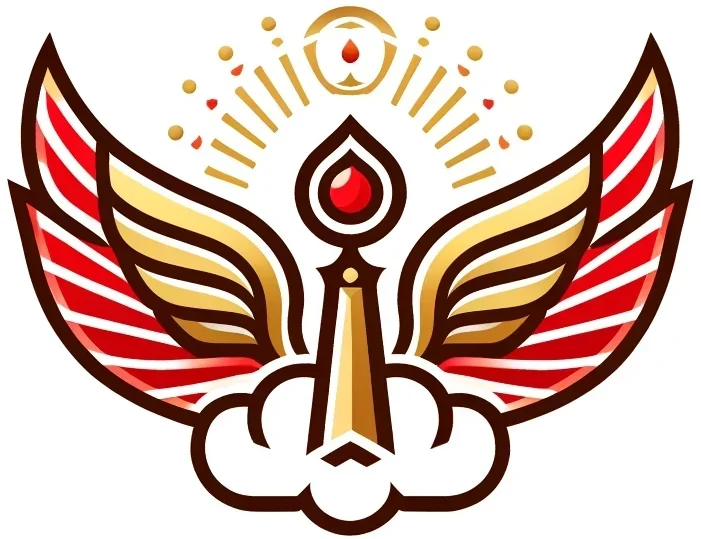The narrative of Esther has been interpreted by some scholars as a form of political commentary or propaganda. The story portrays a Jewish heroine, Esther, who becomes queen of Persia and, with her cousin Mordecai, thwarts a plot by Haman, a high-ranking Persian official, to annihilate the Jewish people. This depiction has led to discussions about its role in shaping perceptions of Persian officials and, by extension, Zoroastrianism, which was the dominant religion of the Persian Empire at that time.
Incorporating this into our timeline:
Integrated Timeline with Political Narratives:
- Circa 1500–1200 BCE: Zarathustra’s Revelation
- Zarathustra (Zoroaster) experiences a divine vision, leading to the foundation of Zoroastrianism, emphasizing a dualistic cosmology of good and evil.
- Circa 1200–1000 BCE: Establishment of Zoroastrianism
- Zarathustra reforms existing polytheistic practices into a monotheistic religion centered on Ahura Mazda, with the Magi becoming custodians of Zoroastrian rituals and sacred texts.
- Circa 700–550 BCE: Integration into the Median Empire
- The Magi rise to prominence in the Median Empire, serving as the official priestly caste and acting as advisors, astrologers, and interpreters of dreams.
- Circa 550–330 BCE: Achaemenid Empire and Zoroastrianism
- Zoroastrianism becomes influential during the Achaemenid Empire, with rulers like Cyrus the Great and Darius I acknowledging Ahura Mazda in inscriptions.
- Circa 5th–2nd Century BCE: Composition of the Book of Esther
- The Book of Esther is written during this period, depicting a narrative where Jewish protagonists overcome a genocidal plot by a Persian official. Some scholars interpret this as a political allegory that may reflect tensions between Jewish communities and Persian authorities, potentially casting Zoroastrian elements in a negative light.
- 330 BCE: Alexander the Great’s Conquest and the Burning of Persepolis
- Alexander the Great invades the Persian Empire, culminating in the burning of Persepolis, the ceremonial capital. This act leads to the destruction of significant cultural and religious archives, including Zoroastrian texts.
- 224–651 CE: Sassanid Empire’s Religious Reforms
- The Sassanid dynasty promotes Zoroastrianism, establishing fire temples and integrating the religion into the state structure.
- 7th Century CE: Islamic Conquest and Decline of Zoroastrianism
- The Muslim conquest of Persia leads to the decline of Zoroastrianism, with many temples destroyed or converted into mosques.
- 10th Century CE: Preservation Efforts
- Zoroastrian communities compile and transcribe religious texts to preserve their traditions amidst declining influence.
- Modern Era: Diaspora and Cultural Influence
- Zoroastrianism influences various aspects of modern culture, including American founding principles and symbolism.
This timeline highlights how certain narratives, such as the Book of Esther, have been interpreted as political commentary that may cast the Persian Empire and its Zoroastrian elements in a negative light. These portrayals can be seen as part of broader efforts to critique or undermine Zoroastrian influence during specific historical periods.
